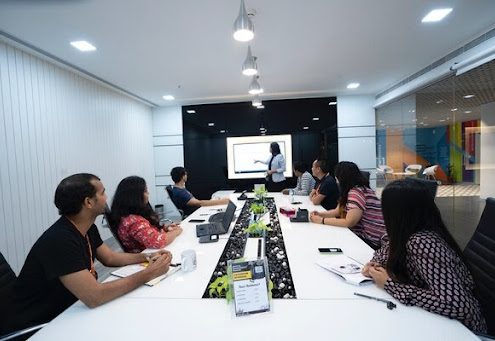PMBOK7 New Perspectives: Caring Steward

Photo by Christina@wocintechchat.com on Unsplash
In this edition of Project Pointers, we’ll look at the project management standard of being a caring steward, one of the new elements of project delivery discussed in the Project Management Institute’s latest version of the Project Management Body of Knowledge (PMBoK7.) In PMBoK7, Knowledge Areas are replaced with Performance Domains, which recommend additional activities in several areas, including adding project value. Let’s look at ways in which you can be a caring steward while managing your projects.
Acting with care. A caring steward behaves as if they own the business and all the outcomes the business produces. In a project management context, a caring steward goes beyond managing the schedule and ensuring success criteria are met. It means treating project stakeholders with respect, managing all impacts on the physical environment (such as deploying conservation measures), and ensuring proper disposal of used assets like old computers. A big part of acting with care is engaging in organizational change management to ensure people understand what their role is as project deliverables are released. That way, they are put at ease as the processes they use in their work are enhanced.
Financial control. Financial stewardship is a fundamental responsibility for a project manager. This stewardship goes beyond ensuring project costs are within plan. It includes analyzing how to best use finances to support business goals. For example, it may mean spending more in the short run to save money in the longer term. An example of this is when a vendor announces special pricing for a volume purchase. While purchasing in volume might not have been in the project plan, a good financial steward will examine the advantages and disadvantages of making this volume purchase. Good stewardship also means assessing upcoming planned spending to make sure it’s still reasonable and in the best interest of the business, and constantly reviewing risk mitigation and contingency dollars to determine whether they should be adjusted up or down.
Appropriately exercising authority. Project charters identify the level of authority given to project managers. Caring stewardship involves applying that authority appropriately, such as not using coercion to get things done, not overstating one’s authority, or not exaggerating the project impact to influence others to perform work. The caring steward leads the project with compassion for the business, considers the project’s goals in relation to other initiatives, and acts with compassion while working with stakeholders.
Maintaining compliance. Business rules, project management methodologies and legal considerations should always be front of mind while project managers perform their duties. The caring steward understands the purpose and steps involved to be compliant and adheres to the compliance guidelines when making decisions – when it makes sense. However, caring stewardship doesn’t mean blindly executing processes. It is understanding the intent of those processes and proposing alternative actions when the processes won’t yield the intended results. For example, a standard deliverable in a project management methodology might not make sense for a given project. Rather than waste time producing a stripped-down version of that deliverable, the caring steward will work with management to forgo that deliverable for the project and seek to improve the project methodology to consider alternatives when the deliverable doesn’t make sense.
Have you come across other examples of being a caring steward? If so, join the conversation in the comments section.
For more about project management, check out my Project Management Foundations course.
Coming Up
I’m working industriously on updating the course Microsoft Project 2021 and Project Online Desktop Client Essential Training. With this update, I include additional homework for most movies so you can practice after following along during the video.



